Bubbling methane craters and super seeps - is this the worrying new face of the undersea Arctic?
By Valeria Sukhova, Olga Gertcyk
19 November 2020
Scientists have shared the first results of a trip to the world’s largest deposit of subsea permafrost and shallow methane hydrates.
Fields of methane discharge continue to grow all along the East Siberian Arctic Ocean Shelf, with concentration of atmospheric methane above the fields reaching 16-32ppm (parts per million).
This is up to 15 times above the planetary average of 1.85ppm.
The preliminary results are from this year’s only international scientific expedition to the eastern Arctic.
Methane bubbling in the Eastern Arctic, video from this autumn international expedition to the Laptev and to the East Siberian Sea
A team of 69 scientists from ten countries documented bubble clouds rising from a depth of around 300 metres (985ft) along a 150km (93 mile) undersea slope in the Laptev Sea, and confirmed high methane concentrations by hundreds of onboard chemical analysis.
A second discovery is pockmarks and craters sunk deep in shelf sediments of both the Laptev and East Siberian seas, actively venting bubbles and strong methane signals.
‘All previously discovered fields of methane discharge showed an increase to various degrees, now we need to figure out exactly how much they grew,’ said the head of the expedition Professor Igor Semiletov.
‘One of the new discoveries was a field of sea bottom craters in the shallow part of the Laptev Sea, some of them 30 metres (98 ft) in diameter.
‘They look like holes in the permafrost and, as our studies showed, they were formed by massive methane discharge.
‘Also two more powerful seeps emitting methane through iceberg furrows were discovered in the East Siberian Sea.’


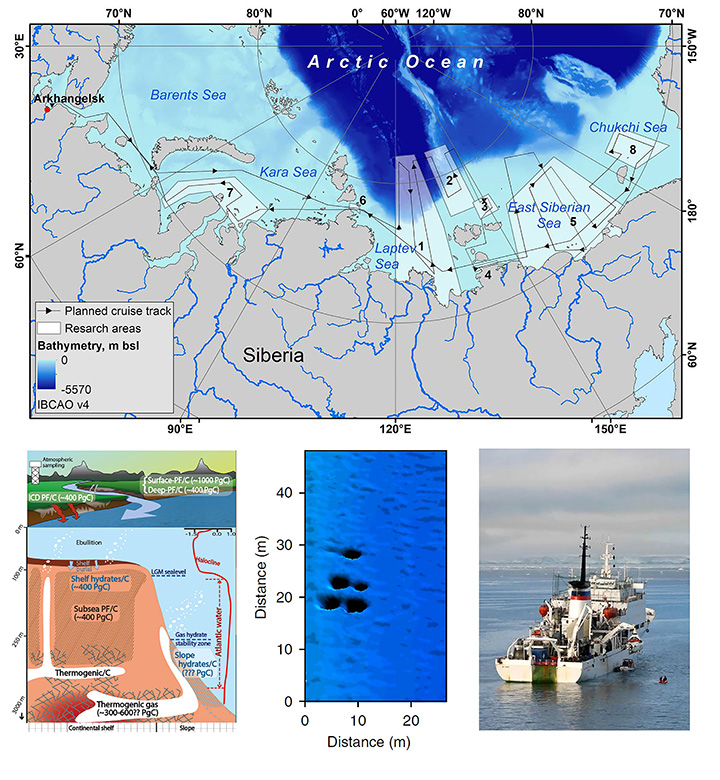
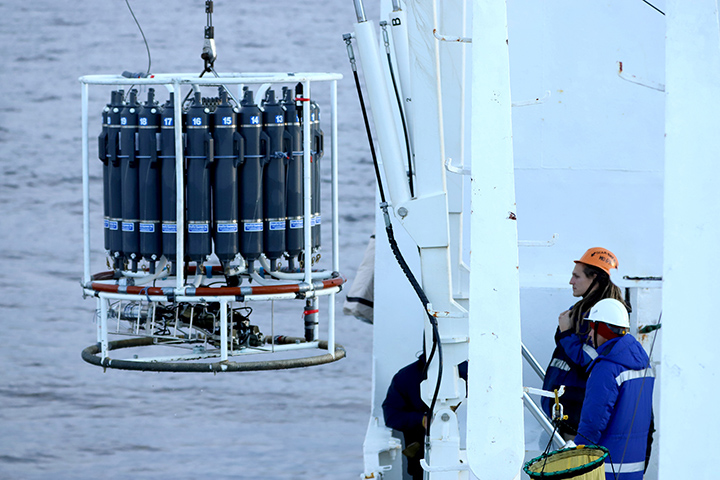
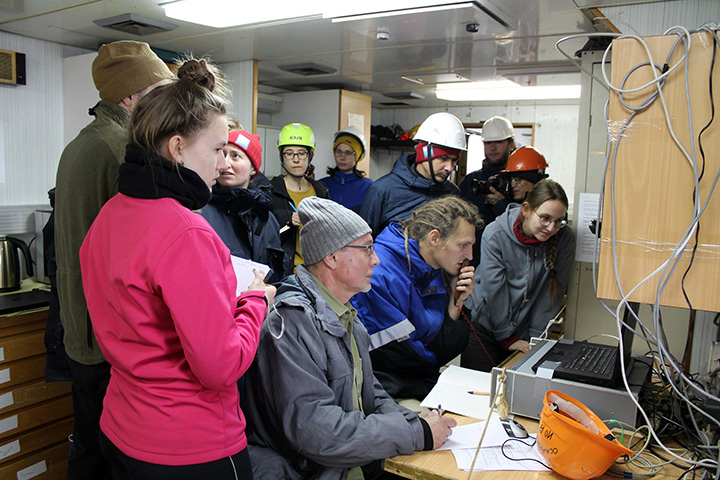
‘All previously discovered fields of methane discharge showed an increase to various degrees, now we need to figure out exactly how much they grew,’ said the head of the expedition Professor Igor Semiletov. Pictures: ISSS2020, TPU
The expedition mapped over 1,000 large seep fields (areas of massive methane discharge over 100 metres or 328 ft) and mega seep fields, each over 1,000 metres in linear dimension.
‘We believe these emissions at this stage have not yet any large impact on global atmospheric methane and climate, yet these huge carbon/GHG capacitors are clearly activated’, the expedition communication page said.
Six mega seeps were registered in both the Laptev and the East Siberian seas in what the scientists described as ‘the first comprehensive observation of active release from methane hydrates on the Siberian-Arctic slope system’.
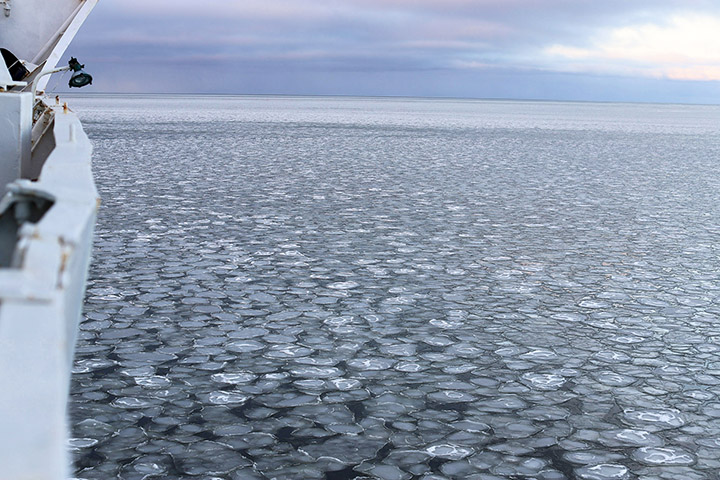
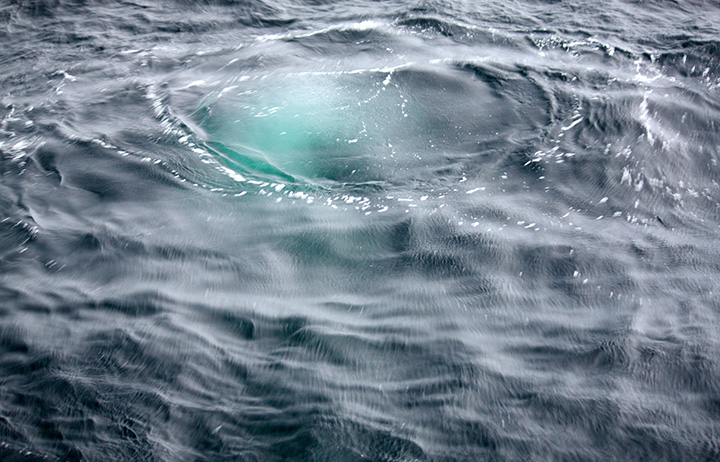
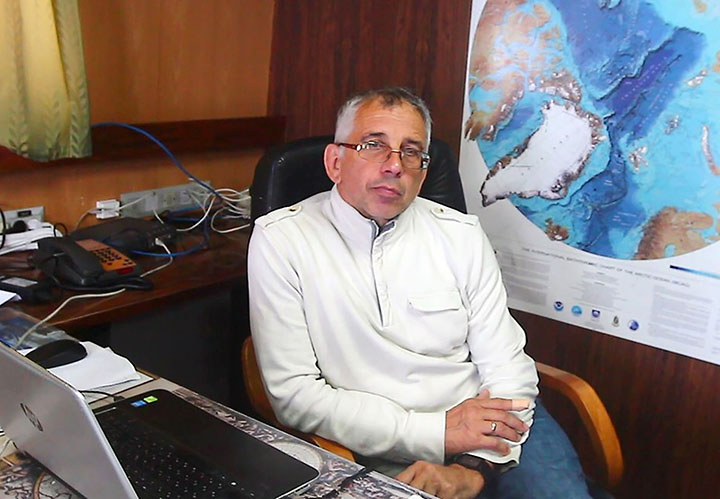

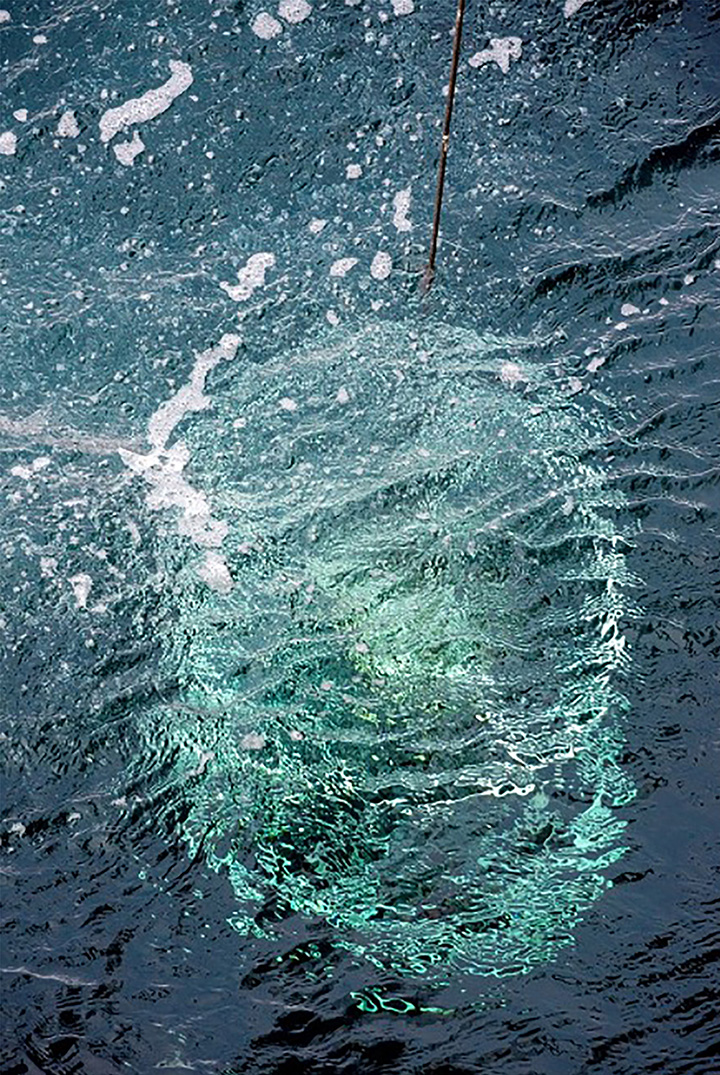
‘All previously discovered fields of methane discharge showed an increase to various degrees, now we need to figure out exactly how much they grew,’ said the head of the expedition Professor Igor Semiletov (pictured). Pictures: ISSS2020, TPU
The expedition members spent 40 days on board the Akademik Keldysh research vessel, covering a distance of nearly 6,000 nautical miles.
For the first time the scientists managed to take samples of bottom sediments in a methane seep near the delta of River Lena, one of Siberia’s giant waterways.
Along with the Lena, the East Siberian Arctic Shelf is fed by other large Arctic rivers like the Khatanga, Indigirka and Kolyma, which deliver significant quantities of organic matter thus making it particularly vulnerable to climate warming and erosion.



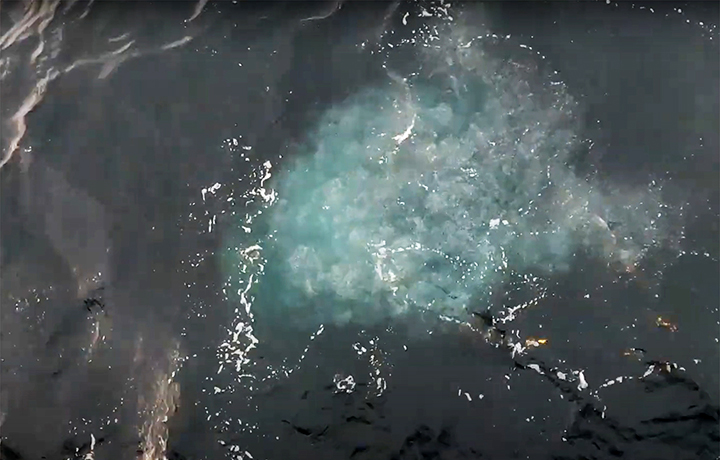
No comments:
Post a Comment
Note: only a member of this blog may post a comment.